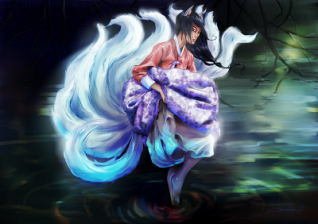
The Siren (1900) by John William Waterhouse
Temptation can take many forms, but the fear of being seduced by the song of a siren has haunted mankind for millennia. From a secluded island home, Sirens enthrall passing sailors with their supernatural song. Their voices cast doom on those who hear their call.
“Their song, though irresistibly sweet, was no less sad than sweet, and lapped both body and soul in a fatal lethargy, the forerunner of death and corruption.”
-Walter Copland Perry Continue reading







